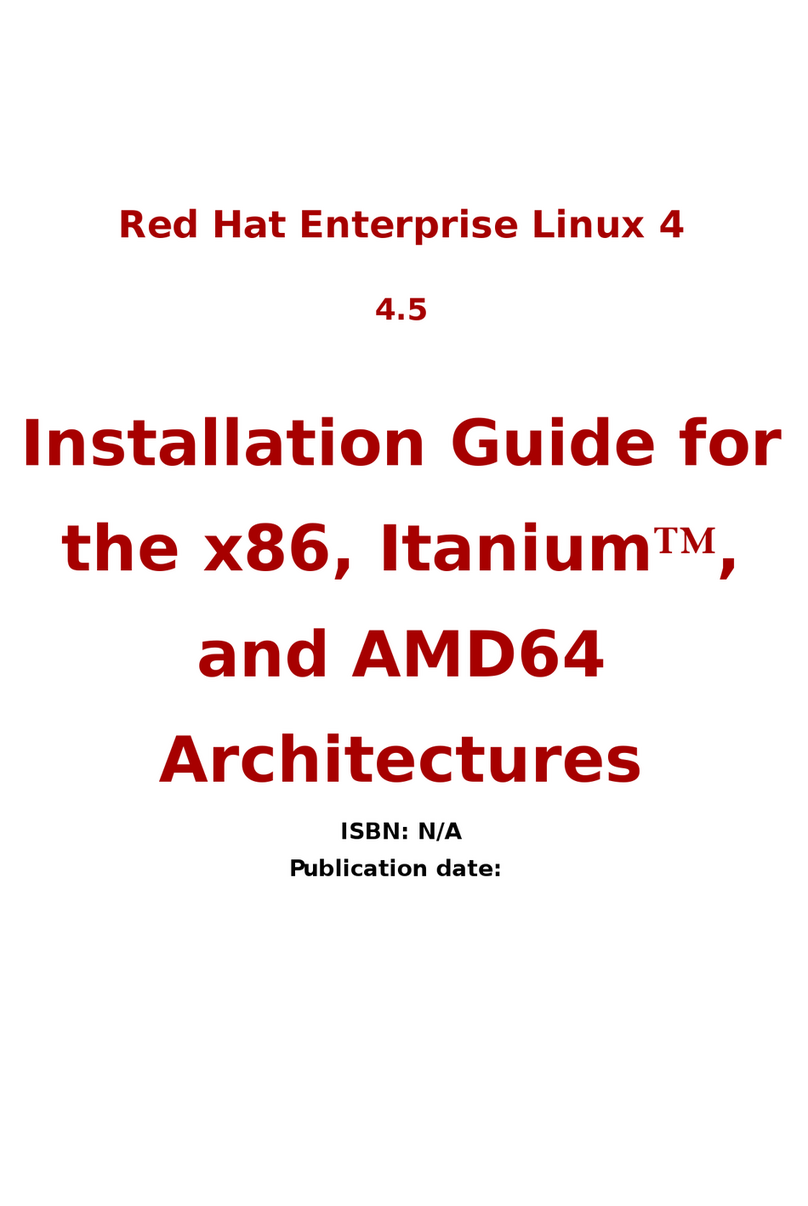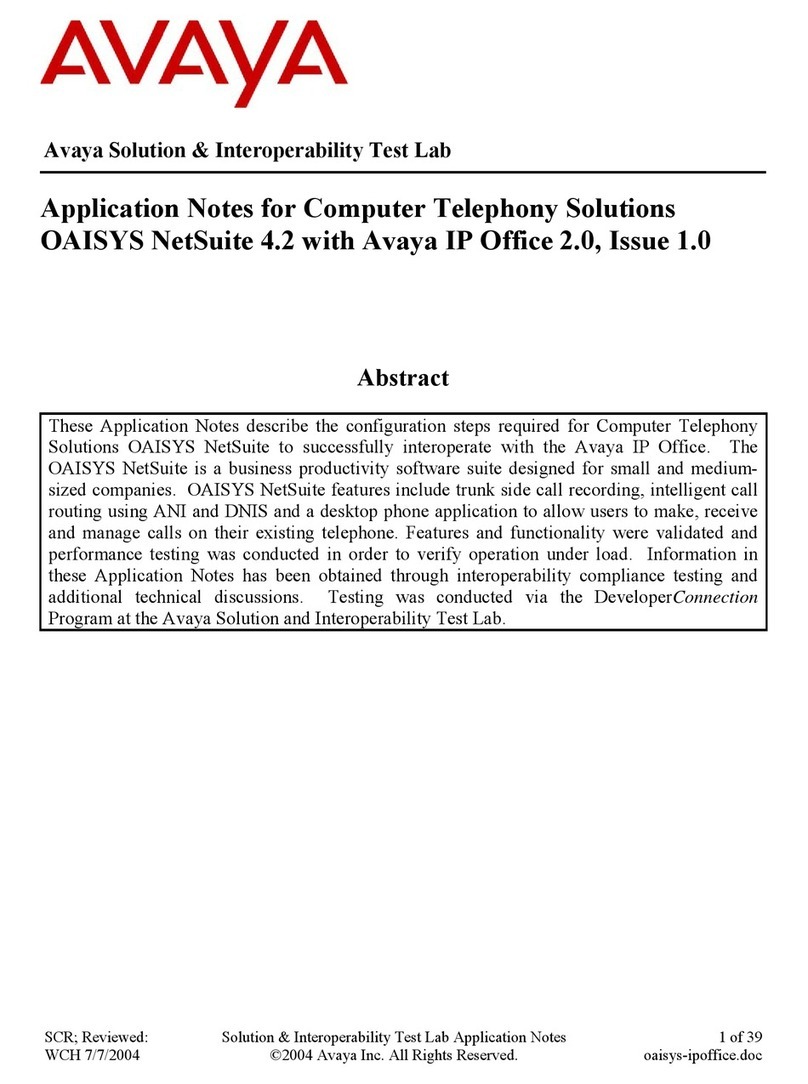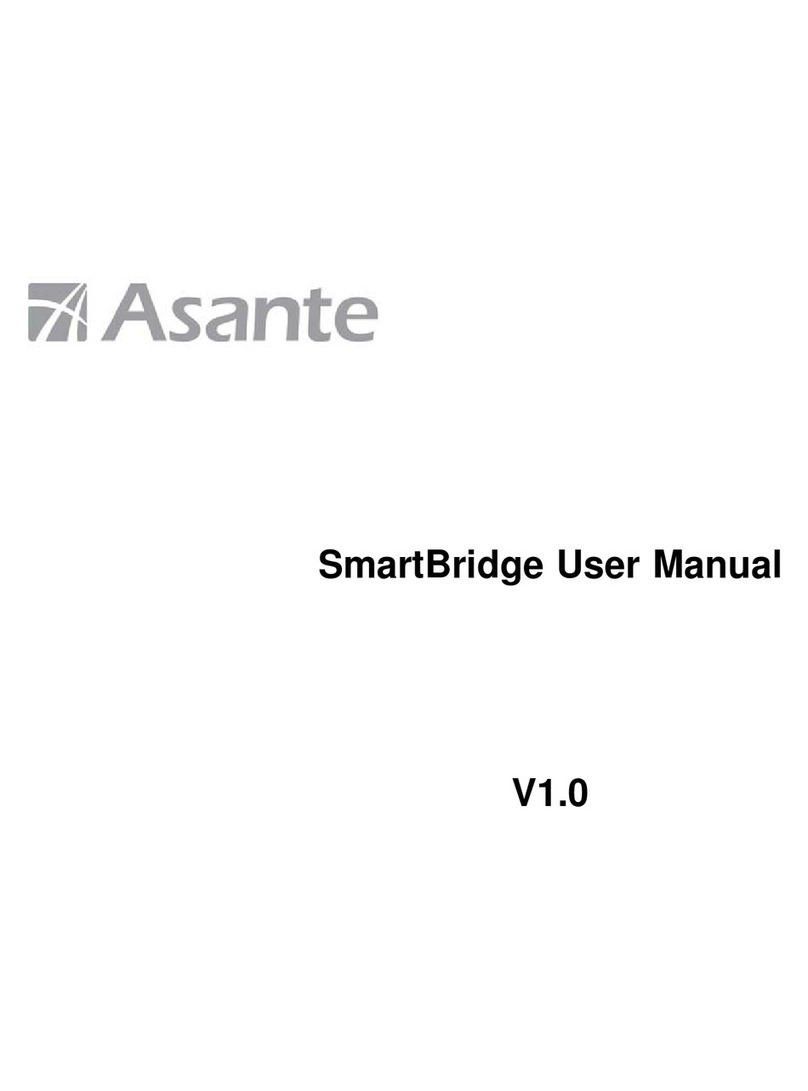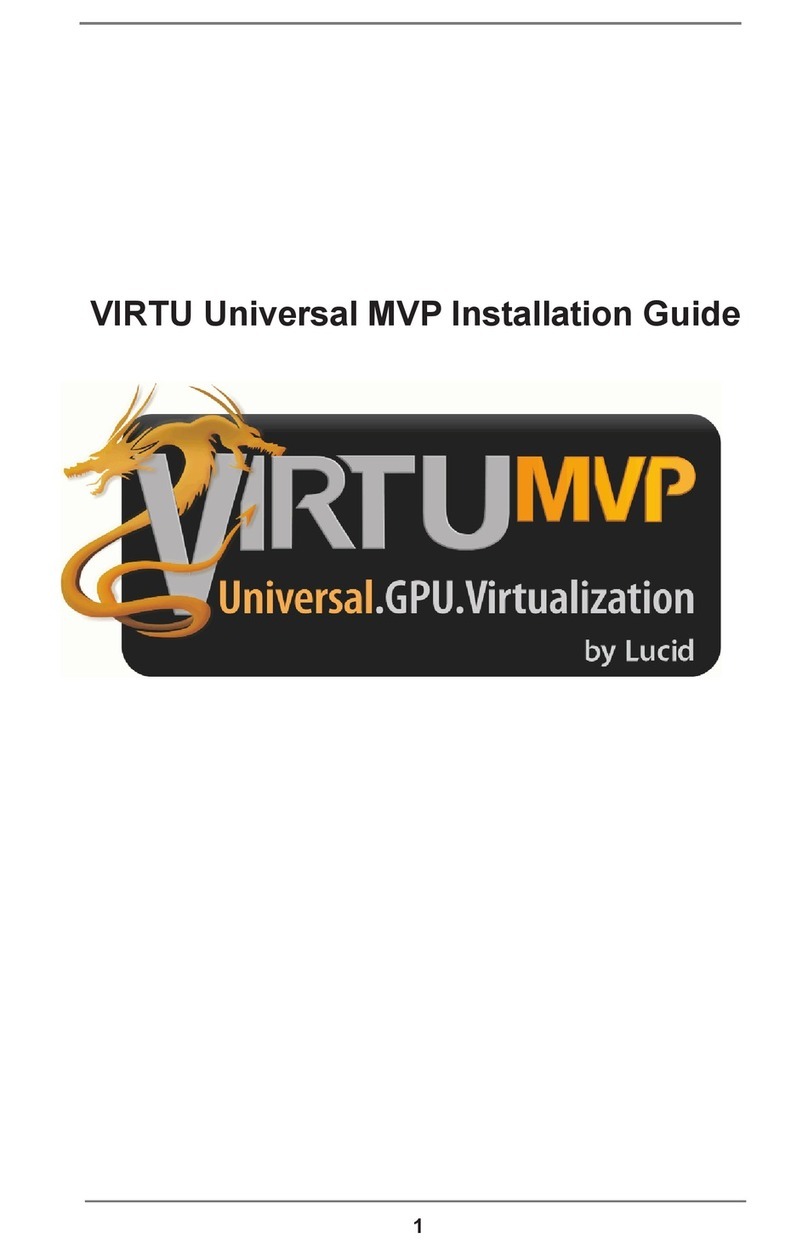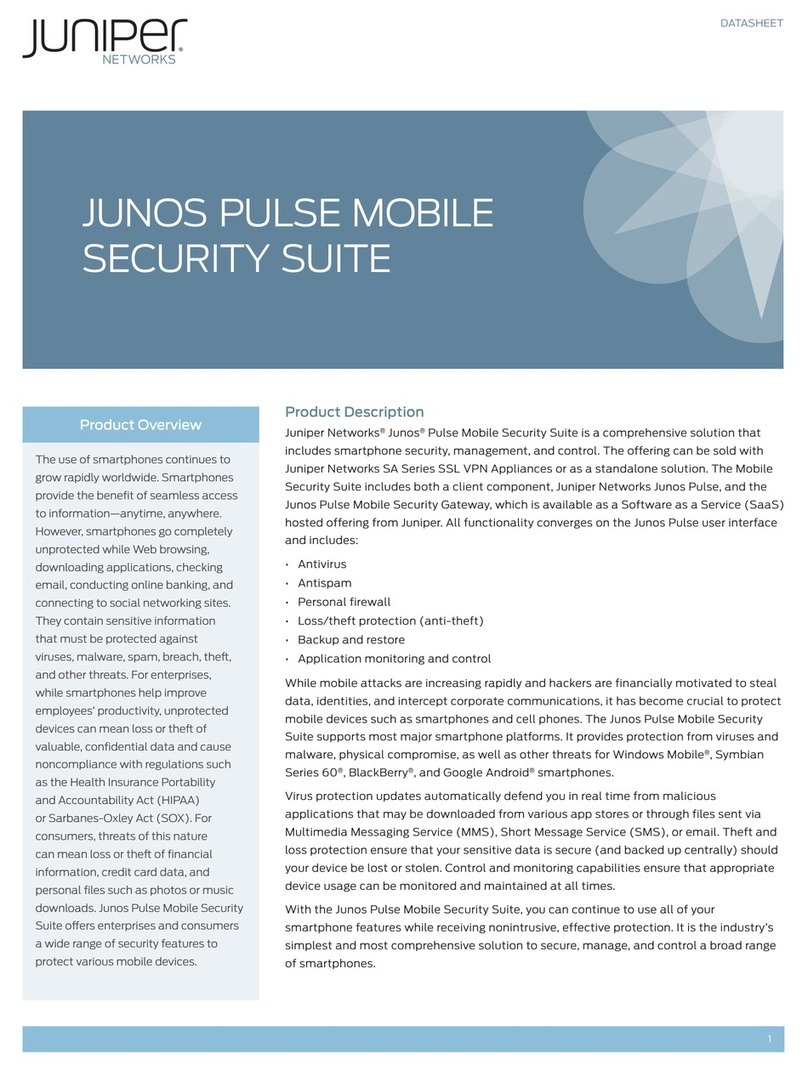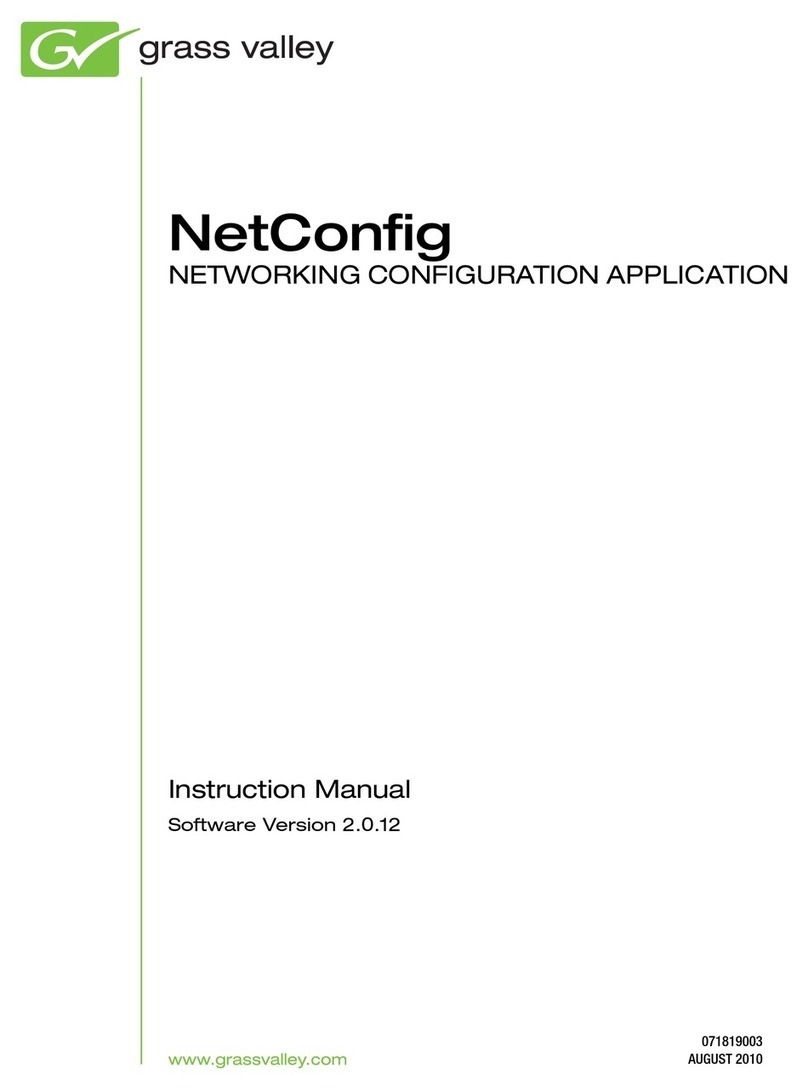
IContents
I
© 2013 Marine Sonic Technology, Ltd.
Table of Contents
Section 1 Introduction 1
................................................................................................................................... 21 Minimium System Requirments
................................................................................................................................... 22 Contact Information
................................................................................................................................... 23 Updating Procedures
Section 2 Introduction to Side Scan SONAR 3
................................................................................................................................... 31 General SONAR Overview
................................................................................................................................... 32 How Side Scan SONAR Works
.......................................................................................................................................................... 5How to Read SONAR Data
......................................................................................................................................................... 5SONAR Beam
......................................................................................................................................................... 6Surface and Bottom Returns
......................................................................................................................................................... 6Prop Wash
......................................................................................................................................................... 6Shadows
Section 3 Sea Scan Survey 8
................................................................................................................................... 81 Software Overview
................................................................................................................................... 82 Buttons and Menu
.......................................................................................................................................................... 8Waterfall Toolbar
.......................................................................................................................................................... 9StatusBar
.......................................................................................................................................................... 10Main Menu
......................................................................................................................................................... 10File Menu
......................................................................................................................................................... 10View Menu
......................................................................................................................................................... 10Tools Menu
......................................................................................................................................................... 11Help Menu
.......................................................................................................................................................... 12Windows
......................................................................................................................................................... 12Navigation Plotter
......................................................................................................................................... 12Using the Plotter
................................................................................................................................... 14Plotter Toolbar
......................................................................................................................................................... 14SONAR Control
......................................................................................................................................................... 16Status
......................................................................................................................................................... 16Signal Statistics
......................................................................................................................................................... 17A-Mode
......................................................................................................................................................... 17Image Adjustment
......................................................................................................................................... 17Using the Image Adjustment Window
......................................................................................................................................................... 17Settings ......................................................................................................................................... 18Waterfall ................................................................................................................................... 18Zoom Settings
................................................................................................................................... 18Image Adjustment Settings
................................................................................................................................... 18Features
......................................................................................................................................... 19Sonar ................................................................................................................................... 19Resolution ................................................................................................................................... 20Interface
......................................................................................................................................... 20Navigation and Fathometer
................................................................................................................................... 20NMEA Data Input
